Where to Travel in China in 2020 Posted by sasha on Jan 15, 2020 in Culture
新年快乐! I hope all of our readers are having an excellent start to the new decade so far. What are your New Year’s resolutions? (你新年的决心是什么? – nǐ xīn nián de jué xīn shì shén me). I hope one of them is “travel more!” (我希望一个是 “多旅行” – wǒ xī wàng yī gè shì “duō lǚ xíng”). If another one is to learn Chinese (学习中文 – xué xí zhōng wén), then you might as well combine the two! In this post I’ll tell you where to travel in China in 2020 to help you plan a trip.
Winter (冬天 – dōng tiān)
Winter isn’t a very popular time to travel to China, as much of the country can be bitter cold during these months. That being said, there are definitely some advantages of braving the cold. First of all, prices are cheaper and crowds are smaller. That is, so long as you avoid the Spring Festival rush (春运 – chūn yùn)…
Seriously, the Spring Festival (春节 – chūn jié) is the most important holiday in China and is a crazy time to travel in the country. It’s the largest human migration on the planet every year and only gets bigger. When I lived in China, my strategy was always to escape to places like Laos (老挝 – lǎo wō) or the Philippines (菲律宾 – fēi lǜ bīn). Except for the time I celebrated Chinese New Year in a friend’s village in Yunnan. That was pretty awesome (很棒 – hěn bàng).
We’re about to enter the Year of the Rat (鼠年 – shǔ nián) with the start of the Spring Festival next week. If you’ll be in China over the holiday, I recommend staying put in one of the big cities like Beijing or Shanghai. The big cities actually kind of clear out, as many people head back to their towns and villages. There will be some festivities in these cities and you’ll also be able to find places that are actually open, which is tough in smaller cities and more rural areas where everything shuts down.
The coolest thing you can do in winter in China is head to the Harbin Ice and Snow Festival (哈尔滨冰雪节 – hā’ěr bīn bīng xuě jié). It’s the biggest such festival in the world and it’s absolutely incredible. I went there three times and I don’t even like being cold! See what this great festival looks like in just one minute in this short highlight video:
If sun and sand sounds better than snow and ice, you should probably head to southern China. The most popular winter getaway is definitely Hainan (海南 – hǎi nán). This island is a the go-to beach vacation destination for China’s growing traveling set. Consider heading there right after Spring Festival to avoid the crowds.
Spring (春天 – chūn tiān)
Spring is one of my favorite times in China. It’s just such a relief to come out of the cold, windy, dark winter and finally get to spend some time outside again. Some of my favorite springtime adventures in China have come in and around Beijing. It’s the perfect time of year to get out and do some hikes in the city like the Fragrant Hills (香山 – xiāng shān) or the Red Snail Temple (红螺寺 – hóng luó sì).
Speaking of temples, I highly recommend traveling to Datong (大同 – dà tóng) to see the incredible Hanging Monastery (悬空寺 – xuán kōng sì). It’s very close to Mt. Heng (恒山 – héng shān), one of the Five Sacred Mountains of China (五岳 – wǔ yuè).
If you head to Datong, you might as well go check out the Yungang Grottoes (云冈石窟 – yún gāng shí kū). It’s one of three famous Buddhist grottoes in China, the others being the Mogao Grottoes (莫高窟 – mò gāo kū) in Gansu and the Longmen Grottoes (龙门石窟 – lóng mén shí kū) in Henan. All make for excellent spring destinations.
One great trip I took during the spring was visiting the Longmen Grottoes before heading to Xi’an (西安 – Xī’ān). Here you can visit one of the most famous sights in all of China – the Terracotta Warriors (兵马俑 – bīng mǎ yǒng).
Summer (夏天 – xià tiān)
Across much of China, summer means intense heat. It’s the reason you’ll see guys letting their bellies hang out with rolled-up t-shirts, a look more commonly known as the “Beijing bikini.”
As you might imagine, staying cool is a priority in the summer months. Many people flock to beach towns like Beidaihe (北戴河 – běi dài hé) near Beijing. It’s not exactly the nicest beach, but it’s a fun place to play in the sand, have a seafood BBQ, and slam beers around a bonfire.
Speaking of slamming beers, there are several beer festivals (啤酒节 – pí jiǔ jié) around China throughout the summer. Most legendary of them all is the Qingdao Beer Festival, which is basically China’s answer to Oktoberfest. Great ready to say “Cheers!” (干杯! – gān bēi) and get rather tipsy if you decide to head to this raucous party!
One place I’ve really enjoyed visiting in the summer is Guangxi (广西 – guǎng xī). The autonomous region in southern China is a fascinating place to explore. It’s home to some of the most stunning scenery in the country, including the famed Li River and karst mountain peaks that are depicted on the 20 RMB note.
With a week or so in the area, you can check out Guilin and Yangshuo. Cycle out into rice fields, take a bamboo raft down the river, and see the magnificent Impression Liu Sanjie performance. Be sure to add a trip to the amazing Longji Rice Terraces (龙脊梯田 – lóng jí tī tián) as well.
Fall (秋天 – qiū tiān)
One thing to keep in mind when planning a trip to China in the fall is the country’s National Day (国庆节 – guó qìng jié). It’s on October 1st, and the week surrounding it is almost as chaotic as the Spring Festival in terms of getting around. Best to sit this one out unless you like being crammed like sardines on a train!
Once the National Day madness subsides, October is actually an excellent month to travel to China. It’s not too hot or too cold in most places. Crowds and prices are reasonable as kids are in school and a big holiday just wrapped up. This is the perfect time to get out there and enjoy some of the best places in the country without the hordes of summer and holiday tourists.
My best recommendation for the fall is to travel to Sichuan (四川 – sì chuān) and Yunnan (云南 – yún nán). Head to Chengdu to see the giant panda reserve and eat some numb and spicy hot pot, then check out the awe-inspiring Jiuzhaigou National Park.
As for Yunnan, the name means “South of the Clouds” so you know this is a cool place to visit! Start in the Spring City of Kunming (昆明 – kūn míng) and spend a few days visiting the parks and temples. Jump on a train or bus from there to head to places like Dali, Lijiang, and the Tiger Leaping Gorge (虎跳峡 – hǔ tiào xiá). I spent a year living in Yunnan and traveling around, and it remains one of my absolute favorite places.
As you can see, there are plenty of amazing places in China to visit this year in any season. Now I just have one question for you…
今年你要去什么地方?
jīn nián nǐ yào qù shén me dì fāng?
Where do you want to go this year?

Build vocabulary, practice pronunciation, and more with Transparent Language Online. Available anytime, anywhere, on any device.



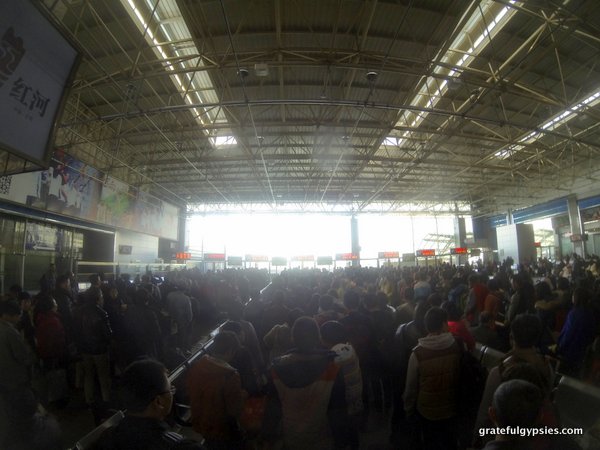



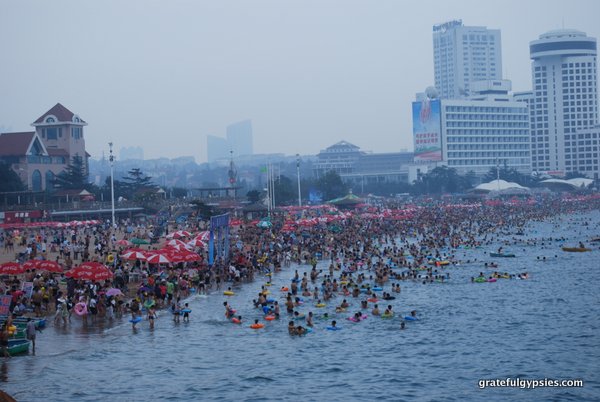
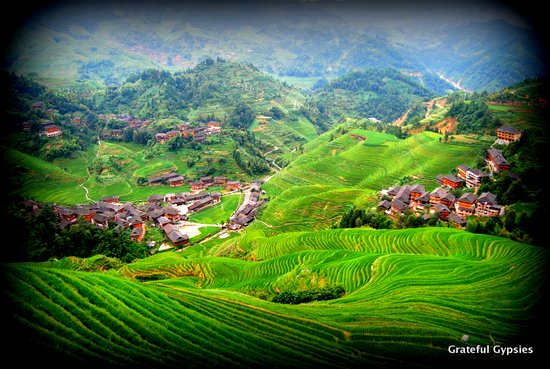
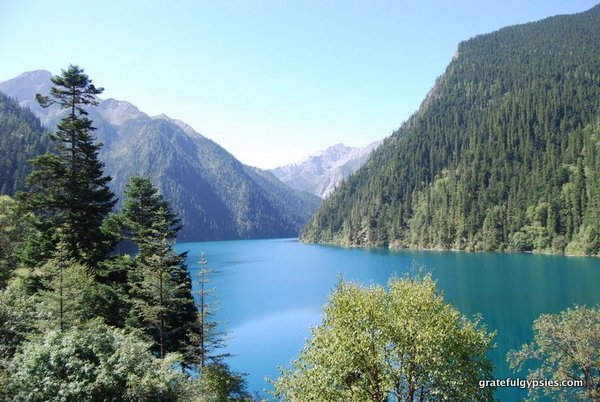
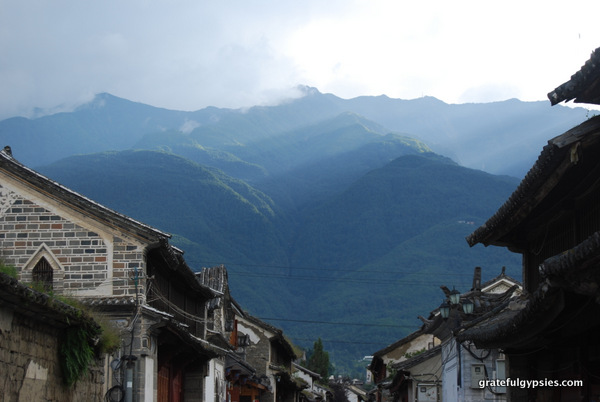

Leave a comment: